Source: Public Library, though Beth Kephart’s review had me seek it out.
Hardcover, 208 pages
I am an Amazon Affiliate
The News from Spain: 7 Variations on a Love Story by Joan Wickersham explores what it means to love in its many forms, and how that emotion can be caught up with and distorted by other emotions and desires. From the woman whose husband is a serial cheater even as she lays partially paralyzed and dependent upon him to the woman who is drawn again and again to a co-worker who is just out of reach, Wickersham demonstrates the power love has over our bodies and the helplessness we feel as we try to fight off that power. Each story is titled “The News from Spain,” harkening to the segues used in conversation to divert attention or change the subject from something more personal and deeply wounding, as if calling attention away will make relationships and connections easier to bear or ignore.
“What they had together was pleasant.
But still that word continued to bother her, whenever she thought of it. The fact that it appeared to be lauding, but the thing that it praised was a limitation.” (Page 40)
There are characters here who are emotionally detached for a number of reasons, but even they find themselves in the midst of relationships, waffling through the navigation of their emotions. Each character is seemingly stuck in a pattern of love, and these patterns continue infinitely through time as some of them long separated from these emotional or physical affairs continue to mull them over and remember them either fondly or quizzically. Wickersham explores what it means to love and be loved, but also what it means to hurt the ones we love, to struggle in the quest for giving and receiving forgiveness, and also what it means to move beyond the hurt and pain to find peace and fondness without the bitterness and regret.
In one story, the narrator talks of unrequited love and the emotions running throughout her body becoming an unruly mob when she tries to rein them in after confessing to the man. And this frenetic movement within her is reminiscent of those first flushes of love — requited or not — and the passions they inflame, but as she professes to continue to love her husband, readers may begin to wonder if it is love she feels at all for this other man or a want for those feelings of passion to reignite her life. The News from Spain: 7 Variations on a Love Story by Joan Wickersham is at times an emotional roller coaster and at others a dark comedy on the passions of love, but her characters struggles are brought to life in a way that will leave a lasting impression on readers.

Joan Wickersham was born in New York City and grew up there and in Connecticut. Her new book of fiction, The News from Spain: Seven Variations on a Love Story, will be published by Knopf in October 2012. Her memoir The Suicide Index: Putting My Father’s Death in Order (Harcourt 2008) was a National Book Award Finalist. She is also the author of a novel, The Paper Anniversary.
Please visit her Website and her Facebook page.
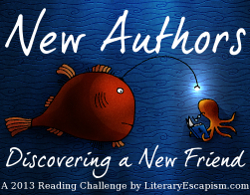


 About the Author:
About the Author: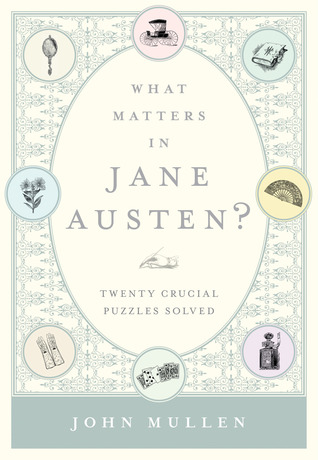
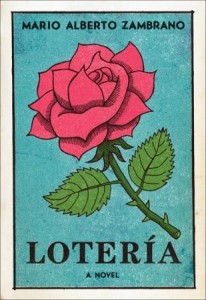

 About the Author:
About the Author: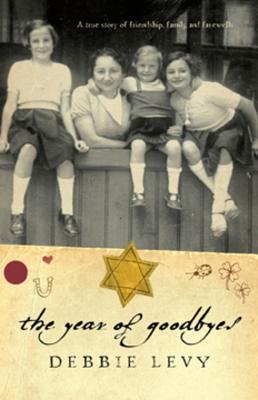
 About the Author:
About the Author: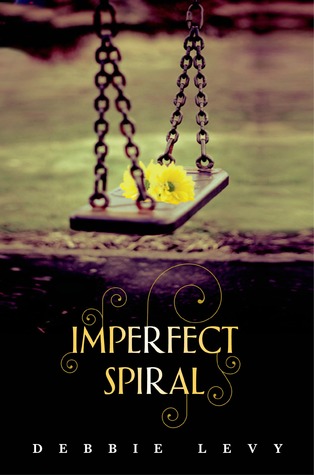
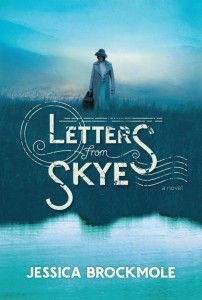
 About the Author:
About the Author: About the Author:
About the Author:
 About the Author:
About the Author: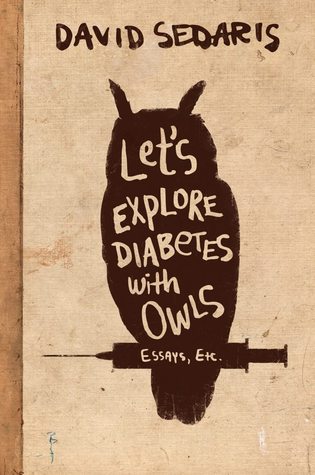

 About the Author:
About the Author:
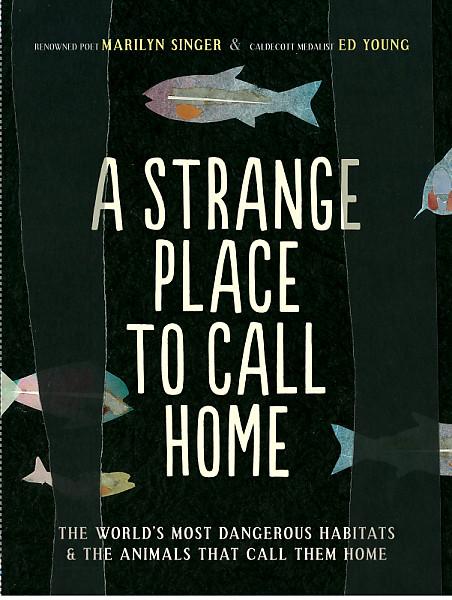
 About the Poet:
About the Poet: About the Illustrator:
About the Illustrator:



